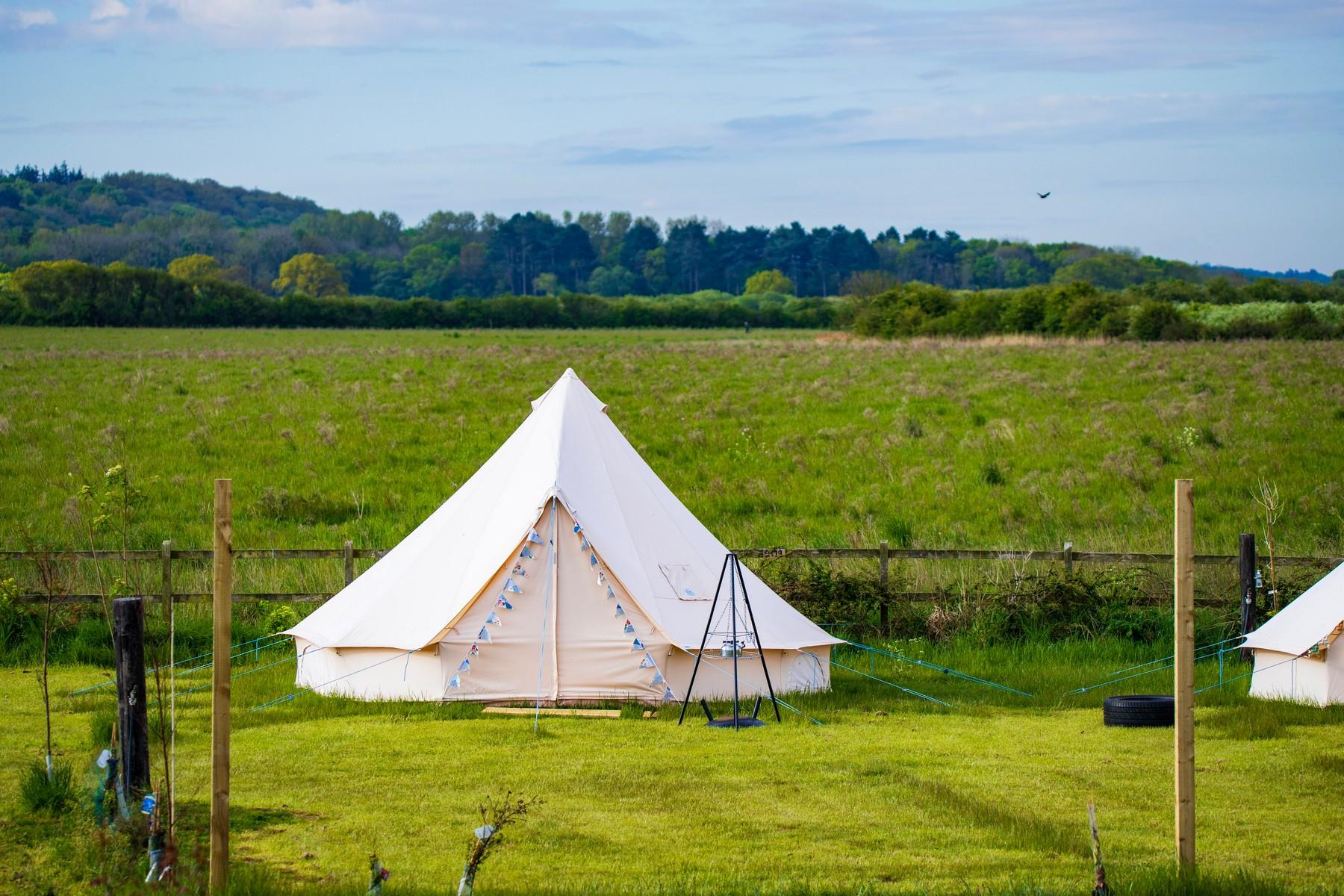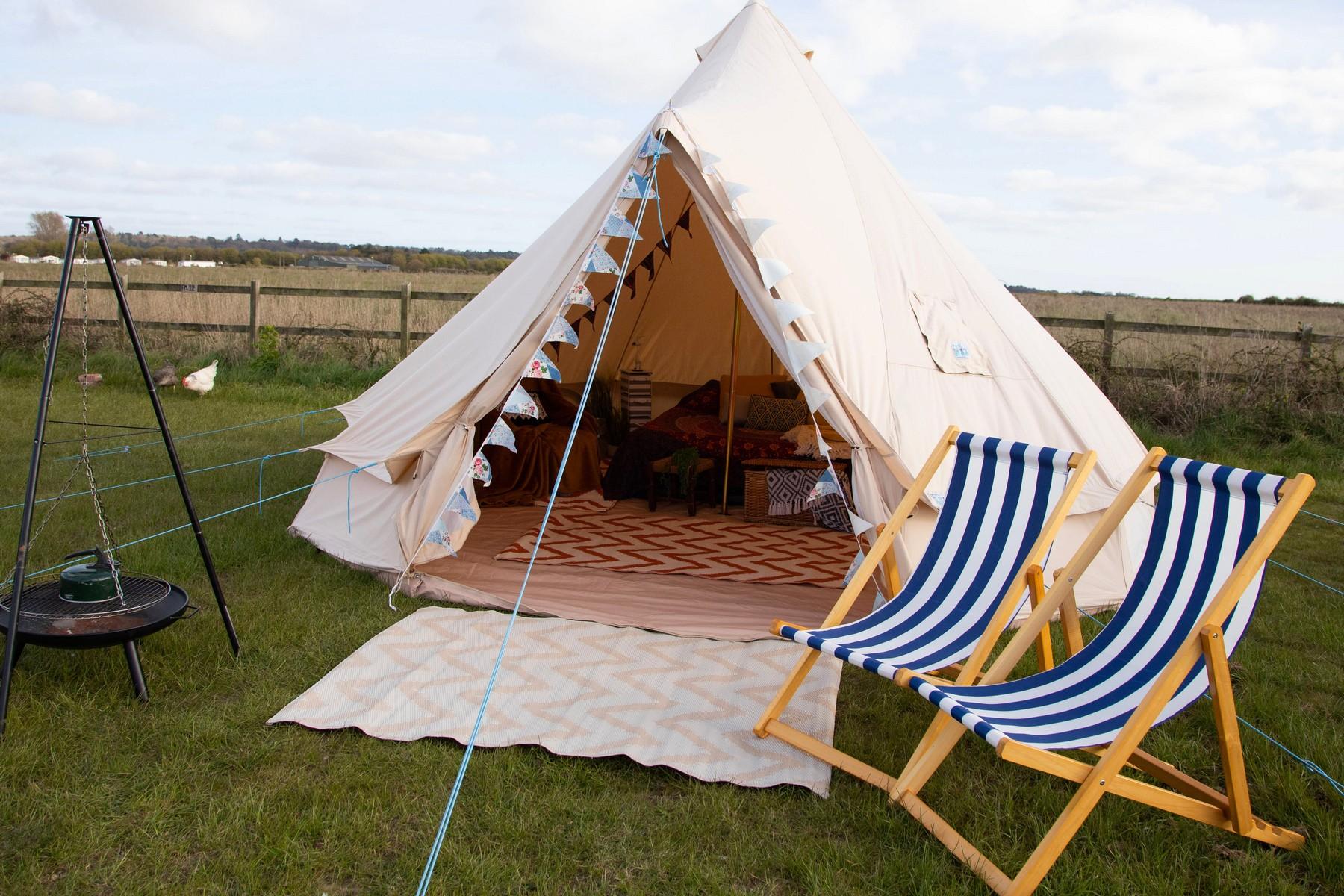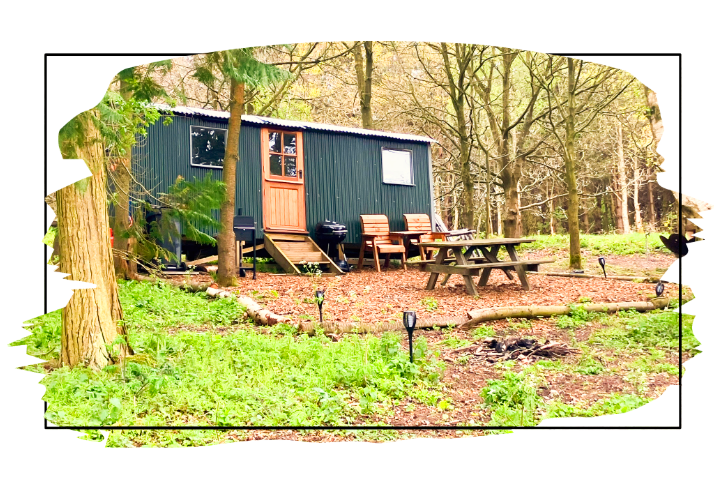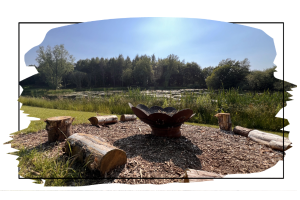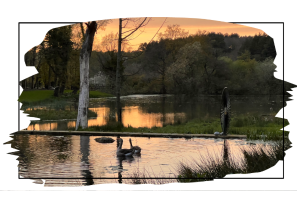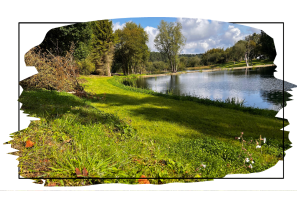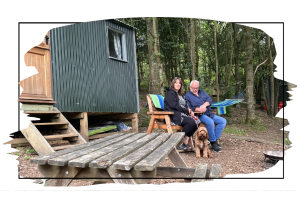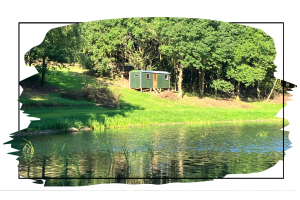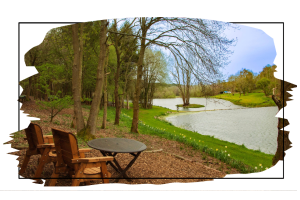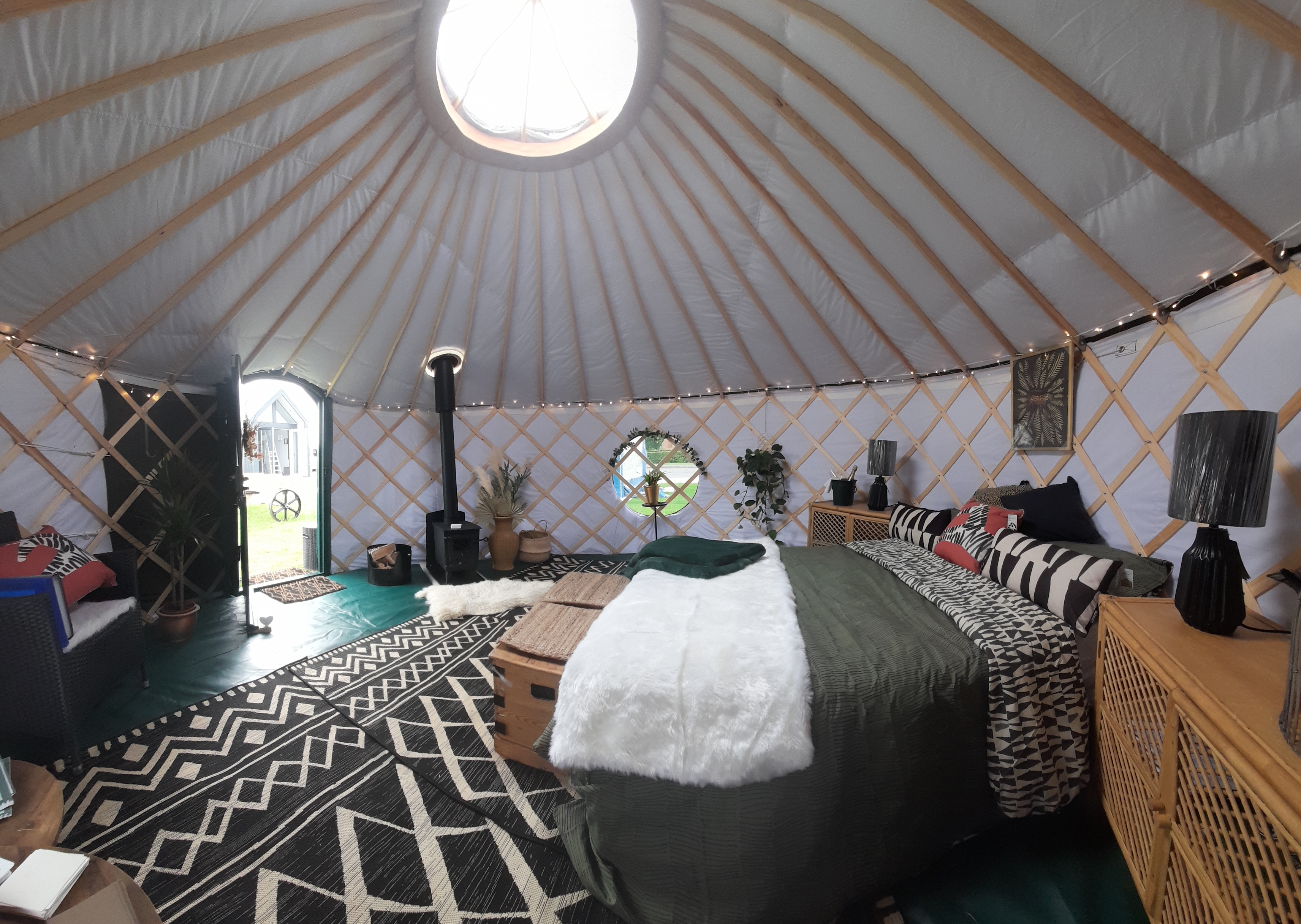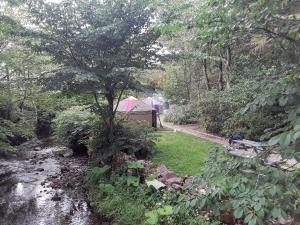Show Respect For Seashore Creatures
Seashore creatures are fascinating and have found special ways of living in their environment. They have to adapt to survive the rigours of wave-action, exposure and predation. Some have shells for protection, but many need to hide under rocks, seaweed or in the sand.
Exploring The Seashore Is Fun, But Please Remember:
- Leave animals where you find them.
- Take care when touching soft-bodied animals - they are very delicate.
- Carefully lift and replace any rocks you may have moved - there are animals underneath which need them for shelter.
- Leave attached seaweed in place - there is plenty lying loose on the strand line.
- Do not trample through rock pools.
Take Photos, Not Living Animals
- Shells come in all shapes, sizes and colours. Many still contain living animals, even if they do look 'dead'. If you want to collect shells, please make sure they are empty before taking them home.
If you want to buy a souvenir:
- Buy a photograph, book or poster of colourful marine creatures rather than shells, coral, starfish and urchins or other 'marine curios'. Remember 'curios' would almost certainly have been alive, when collected. If we don't buy them, the shops won't sell them.
Avoid Disturbing Wildlife
You can see many animals at their best when they are behaving naturally. This is true for animals such as seals, otters and seabirds, as well as rock pool animals. To avoid disturbing wildlife:
- It is best to watch from a distance, through binoculars if possible, especially if the animals are nesting, or pupping in the case of seals.
- Keep your dog clear of birds and other animals.
- Remember, it is now illegal to disturb or harass many species of birds and animals.
Take Your Rubbish Home With You
Beach rubbish is unsightly and can be dangerous to sea creatures. Much of the litter on our shores comes from tourists, shipping, fishing vessels and sewage outfalls. You can help to reduce this problem when visiting the coast:
- Take your rubbish home - burying it is no solution.
- Keep your dog from fouling the beach.
- Report canisters or drums that may be washed up on the beach, but do not touch them.
- Take part in BeachWatch - the annual beach clean and survey organised by the Marine Conservation Society, or Adopt-a-Beach - a regular survey of beach litter.
- Bag It and Bin It, Please Don't Flush It - bag and bin all plastic bathroom waste such as cotton bud sticks.
Watch Where You Go
Beaches and sand dunes are prone to erosion and easily damaged by people and vehicles. To help protect the coast:
- Keep to established paths and dune boardwalks.
- Park in designated car parks and keep access to footpaths clear.
- Do not use beaches or dunes for scrambling motorcycles or other 'off-road' vehicles.
- If you dig holes in the beach, please fill them up again.
- Leave pebbles and rocks on the beach rather than collect them for your garden.
Be Careful!
All cliffs are unstable and potentially dangerous, yet they are an impressive sight and from the cliff top it is possible to enjoy a panoramic view of the coastline. Cliffs also provide a very specialised habitat for the plants and animals that live on them.
Take Care Near Cliffs:
- Remember that it is dangerous to climb up or go near the top or bottom of a cliff.
- Please don't throw or push anything over the edge of cliffs. As well as being dangerous, it can increase the rate of cliff erosion and kill or disturb wildlife.
- Play safe on the beach too: Check tide times to avoid being cut off. Keep away from soft sand and mud - it is easy to get stuck!














